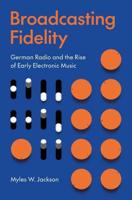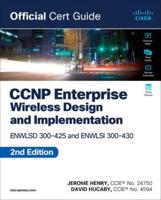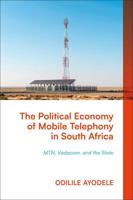Publisher's Synopsis
5G is the fifth generation of wireless technology and NR stands for a new radio interface and radio access technology for cellular networks, i.e., a physical connection method for radio-based communication. It is a powerful platform that supports a wide range of services that includes enhanced mobile broadband, massive machine-type communication and ultra-reliability, and low latency covering several vertical industries such as e-health, transportation, energy, media, and factory automation.
This book provides a detailed description of the fundamental aspects of 5G. It gives an in-depth coverage of the network architecture of 5G by considering both the network reference point architecture and the service-based architecture. It also describes all the user and control plane protocols including the standalone and nonstandalone architecture options. The radio access technologies such as the waveforms used in 5G, the multiaccess and duplexing techniques as well as the resource allocation schemes are treated in detail. Additionally, the physical layer signal processing blocks of 5G NR are covered in depth with elaborate numerical examples to illustrate the functioning of each block in the 5G downlink transmitter and receiver chain.
The main originality of this book is the detailed illustration of the 5G NR preprocessing steps as well as MATLAB® simulation models with explanations of the codes to allow for a seamless understanding of the principles. In general, this book is meant for anyone with a basic engineering background who would be interested in acquiring a solid foundation in the fundamental concepts of 5G NR.










